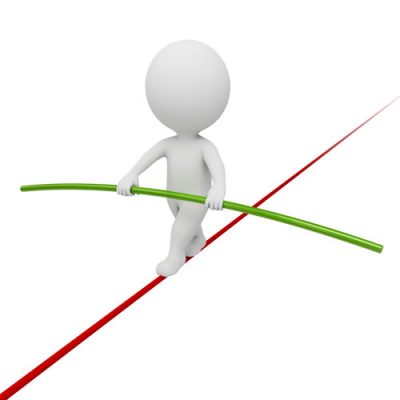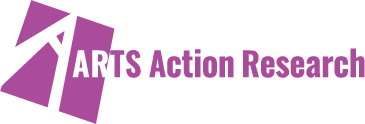No entity—whether arts organization, business or government—can be creative, productive or proactive if in debt, in crisis or if human resources are overextended and burned out. An unhealthy, unbalanced organization cannot remain in that condition. But what does it mean for an organization to be healthy and balanced?

Consider a tightrope artist. On the tightrope, the artist is intensely aware of her elements of balance—the center of gravity, the weight and counter‑weight, and the controlled, deliberate movement—and uses these elements to perform in an environment that is constantly shifting and changing. As long as the artist is balanced and moving, she maintains stability and confidence. Because she is working in a volatile environment, she can do just about anything except stand absolutely still. In this respect, dynamic balance results in what scientists refer to as complex adaptive behavior where a number of separate simple elements converge as a complex response to an external situation or conditions.
Like the tightrope artist, an arts organization’s center of gravity is the primary reference point. To be balanced means being centered and clear about the elements of that center (leadership, vision, working values), and how they connect with what we actually do. No matter what the organization attempts, if these elements are not expressed or evident, then organizational imbalance and dysfunction will follow.
The professional leadership shapes and drives the arts organization. Historically, this country’s attitude toward arts leadership has been ambivalent (at best) and deeply conflicted (at worst). Yet the invention, innovation and inspiration that moves the arts forward always comes from the artists. Without apology and without judgment, we must recognize professional arts leadership as not only important, but central to a healthy and productive arts organization and field. Arts professionals must assume the responsibility, authority and accountability for the organizations they need and lead.
The leadership’s core values, mission(s) and vision provide the force of continuity in any arts organization. All of these stem from the personal core values of the leadership. Ideally, these are so deeply held and openly expressed that they infuse the organization and become inextricably associated with it. The leadership’s values and vision must in turn inform the organization’s mission(s), be reflected in all aspects of an organization’s programming, relationships and activities and expressed in the working values that define the culture of the organization.


Leave a reply
You must be logged in to post a comment.